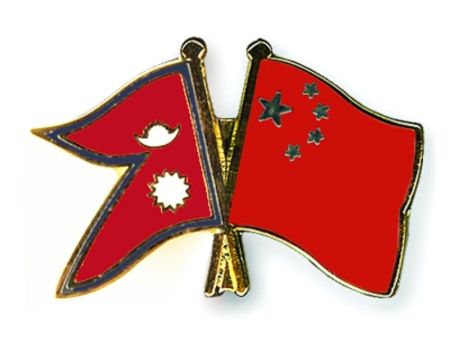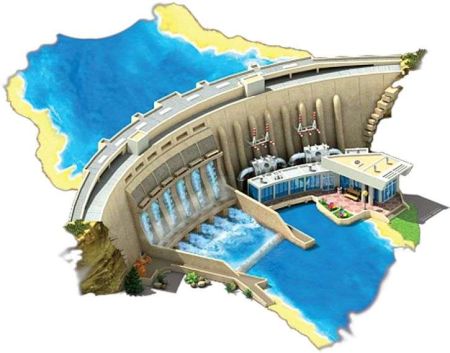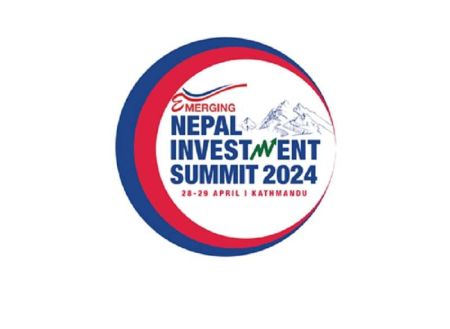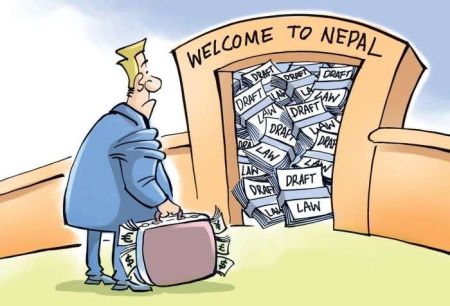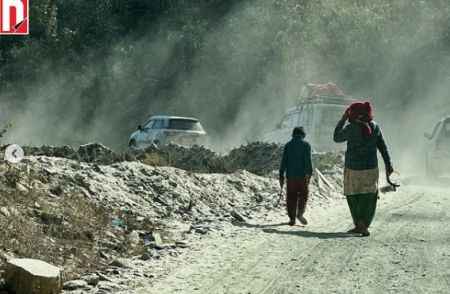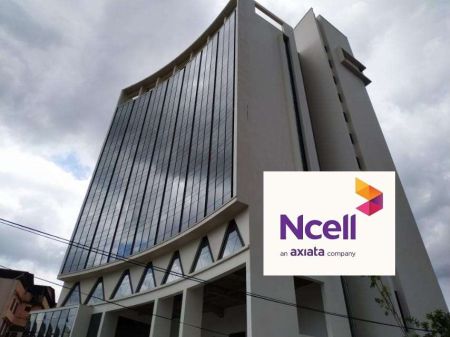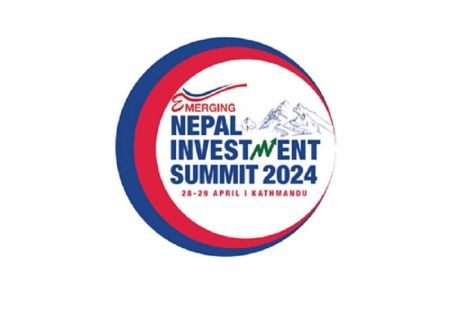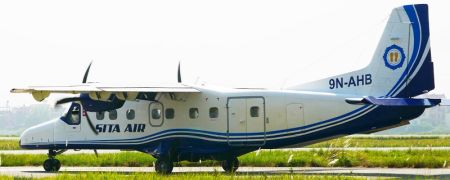How have you involved the local community in the planning and execution of the event, and what impact has the race had on the community in its economy and culture?
Successfully organising a race demands considerable resources, and the support of the local community is paramount. Himalayan Enigma feels privileged to involve locals as trail builders, scouts as marshals, and medical students as medics. Remarkably, a huge turnout of spectators, particularly over 1,600 students, exceeded our expectations, highlighting robust community engagement.
With the participation of over 108 members from 16 different countries, the event not only brought sporting prowess but also immersed the racing community in the rich cultural tapestry of Dolakha. The local economy benefited too, notably in accommodations, food, and transport. The district's diverse stories, cultural significance linked to Pandava mythology, and historical trading hub connecting Tibet and India showcased a unique experience to the participants.
Considering the difficult terrain, changes in topography, especially high altitude, and significant elevation loss, what strategies were put in place for the safety and well-being of participants during the race?
The Himalayan Enigma race, covering elevations from 12,631 feet to 2,821 feet, presented unique challenges and opportunities. We had robust medical professionals, including doctors, nurses, and first responders, stationed along divided trail sections. This ensured that participants received prompt medical attention when needed.
We received support from four hospitals in Charikot and Dolakha as well as local first aid responders which created a comprehensive medical network. We had put a helicopter on standby for quick evacuation in case of emergencies. Shikhar Insurance provided financial security, alleviating concerns for both riders and organisers.
Furthermore, marshals from the Nepal Army, Armed Police Force, Nepal Police, and Traffic Police personnel were placed at strategic locations on the race track which made the race coordination efficient and seamless. This multifaceted approach not only ensured immediate safety but also established efficient response mechanisms throughout the race.


![Community Engagement a Must for Event Success [Himalayan Enigma]](/img/issues/20240113073704_interview-2.jpg)



